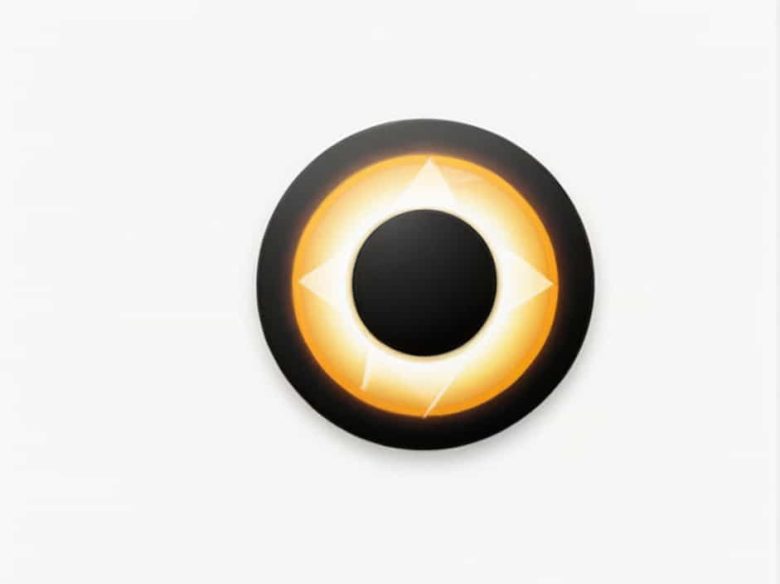The total solar eclipse of 2024 is one of the most anticipated astronomical events of the decade. On April 8, 2024, millions of people across North America will witness the Moon completely block the Sun, creating a breathtaking celestial spectacle.
The path of totality refers to the narrow strip of land where the eclipse will be fully visible, turning day into night for a few minutes. This topic will explore the solar eclipse path of totality, the best viewing locations, and essential tips for experiencing this rare event.
What Is a Total Solar Eclipse?
A total solar eclipse occurs when the Moon passes directly between the Earth and the Sun, completely covering the Sun’s disk. This temporary alignment creates a shadow on Earth, with the darkest part, known as the umbra, forming the path of totality.
People outside this path will see a partial eclipse, where only part of the Sun is obscured. However, within the path of totality, the sky will darken, stars may become visible, and the Sun’s corona (outer atmosphere) will shine in a spectacular halo around the Moon.
The Path of Totality for the 2024 Solar Eclipse
The path of totality for the April 8, 2024 solar eclipse will stretch across Mexico, the United States, and Canada. The eclipse will first make landfall on the Pacific coast of Mexico, travel northeast through the United States, and finally exit over the Atlantic Ocean after passing through Canada.
Key Locations Along the Path of Totality
If you want to experience the full solar eclipse, you must be within the path of totality. Here are some major cities and regions where totality will be visible:
Mexico
- Mazatlán
- Durango
- Torreón
United States
- Texas (Austin, Dallas)
- Arkansas (Little Rock)
- Missouri (Cape Girardeau)
- Illinois (Carbondale)
- Indiana (Indianapolis)
- Ohio (Cleveland)
- Pennsylvania
- New York (Buffalo, Rochester)
- Vermont
Canada
- Southern Ontario (Niagara Falls, Hamilton)
- Quebec (Montreal)
- New Brunswick
- Newfoundland
Duration of Totality
The duration of totality will vary depending on location. Some areas will experience totality for just over 4 minutes, while others may see it for up to 4 minutes and 28 seconds. The longest totality will occur in Mexico, near Torreón.
Best Places to View the Solar Eclipse
The best viewing locations for the 2024 total solar eclipse depend on weather conditions and accessibility. Some of the top recommended locations include:
- Mazatlán, Mexico – Clear skies and a long duration of totality.
- Texas (Hill Country) – Historically good weather in April.
- Carbondale, Illinois – Also experienced totality in the 2017 eclipse.
- Niagara Falls, Canada – A breathtaking natural backdrop for the eclipse.
If you are within the path of totality, make sure to check the local weather forecast. Cloud cover can block your view, so having a backup location can be helpful.
What to Expect During the Eclipse
Phases of the Eclipse
- Partial Eclipse Begins – The Moon starts to cover the Sun.
- Totality Begins – The Sun is fully covered, and darkness sets in.
- Maximum Eclipse – The most stunning part, when the corona is visible.
- Totality Ends – The Sun begins to reappear.
- Partial Eclipse Ends – The eclipse is over.
What Will the Sky Look Like?
During totality, the sky will darken similar to twilight. Bright planets and stars may become visible, and the temperature may drop slightly. The Sun’s corona will be seen as a glowing halo, and Baily’s Beads and the Diamond Ring Effect may appear just before and after totality.
How to Safely Watch the Solar Eclipse
Looking directly at the Sun can cause permanent eye damage. Here are the safest ways to watch the eclipse:
- Use Eclipse Glasses – Regular sunglasses are not safe. Only use ISO-certified eclipse glasses.
- Pinhole Projectors – Create a pinhole projector to safely watch the eclipse indirectly.
- Telescopes with Solar Filters – If using binoculars or a telescope, ensure they have proper solar filters.
During totality, when the Sun is completely covered, it is safe to look at the eclipse without protection. However, once the Sun begins to reappear, immediately wear eclipse glasses again.
Why Is the 2024 Solar Eclipse Special?
Longest Totality in Decades
The 2024 eclipse will have one of the longest durations of totality in the 21st century, with some areas experiencing nearly 4 minutes and 30 seconds of darkness.
Large Population in the Path
Unlike the 2017 eclipse, which crossed mostly rural areas, the 2024 eclipse will pass over several major cities, allowing millions of people to witness it.
Last Total Eclipse in the U.S. Until 2044
After 2024, the next total solar eclipse visible from the United States will not occur until 2044, making this a once-in-a-lifetime event for many.
Tips for Experiencing the Solar Eclipse
- Plan Ahead – Hotels and campsites in the path of totality will book quickly. Make reservations early.
- Check the Weather – Have an alternative location in case of clouds.
- Arrive Early – Expect heavy traffic in prime viewing areas.
- Bring Equipment – Eclipse glasses, cameras with solar filters, and tripods for stable photography.
- Stay Safe – Avoid looking at the Sun without protection, and follow local guidelines for crowd control.
The solar eclipse of April 8, 2024, will be an unforgettable event for millions across North America. Whether you’re in Mexico, the United States, or Canada, experiencing the path of totality will be a breathtaking moment.
With careful planning and the right equipment, you can safely witness one of nature’s most incredible phenomena. Don’t miss this opportunity—the next total solar eclipse in the U.S. won’t happen until 2044!



